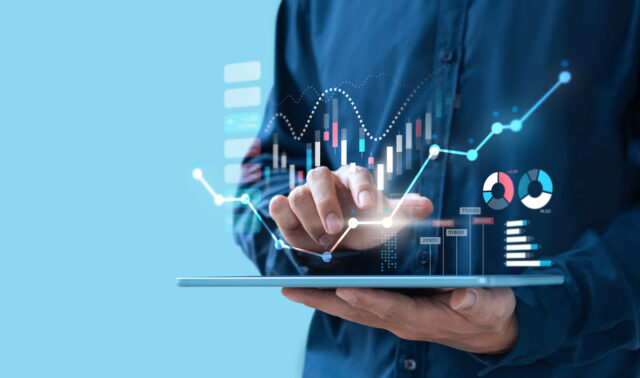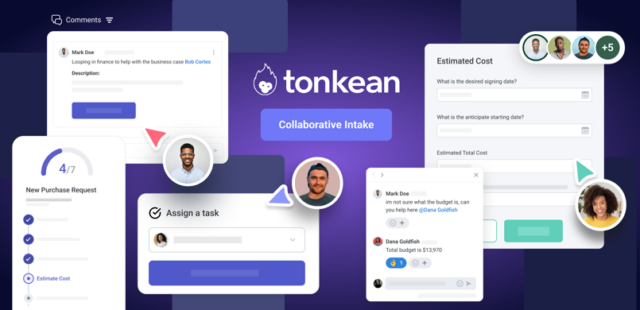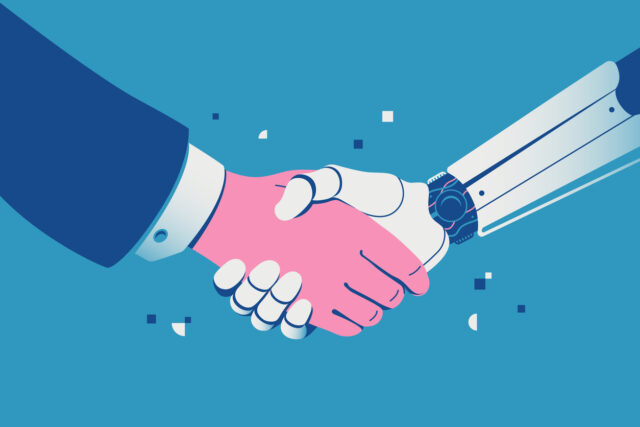Transformation. Procurement has witnessed quite a bit in recent years.
Given the widespread adoption and acceleration of AI and data-driven processes over the past decade, change has been a necessity rather than a nice to have.
Evolution of AI transformation
Ashwin Kumar is not unfamiliar with change. Having worked at GEP since May 2008, he has had a front-row seat to the transformation and change procurement has overseen. Now Vice President, he tells us about the evolution of the procurement function and how the landscape is shifting to meet future market demands.
“I think the way we see the industry evolve over time is because we started with web 1.0, simple ERPs that were fragmented with no easy way to connect systems,” he tells us. “Data was all behind firewalls and it was very expensive to manage or mine data. Then we had a big technology breakthrough in cloud systems where the people who were managing the storage said they had a solution. You can just simply push data out of the cloud and what we saw was a lot of that control that the CIOs had on data architecture and the software systems and solutions was being given to different functions.
“A lot of that enrichment of data happened because of the cloud platform that enabled it. Back in 2010, we made the decision to move away from a SaaS platform because even then we believed the future was cloud and that’s where data is going to be which could mean a gold mine. Our CEO made a very conscious decision to basically stop a really good product that was working and move to the cloud platform.”

The GEP difference
Today, a global leader in AI-driven procurement and supply chain transformation, GEP helps enterprises take the lead and, using the power of data and digital technology, to stay ahead in the connected global economy. More than 1,000 engineers have spent the last 7 months to design and launch GEP’s new AI-native, low-code platform for sustainable procurement and supply chains, GEP QUANTUM. This new platform, launched last week, powers GEP SMART, the industry’s leading source-to-pay procurement application, GEP NEXXE, its next gen supply chain solution, and GEP GREEN, enabling companies to track, measure and achieve their ESG goals.
With the transformative power of AI, GEP enables businesses to operate with greater efficiency and effectiveness, gain competitive advantage, boost profitability and maximise both business and shareholder value. GEP helps global enterprises across industries and verticals build high-performing, resilient and sustainable supply chains.
Investing in dedicated spend analytics and solutions has become an essential part of the procurement process. Data is king and ultimately the more companies know and can predict, the better off they’ll be. However, some companies are still lagging behind when it comes to adopting digital tools created for better visibility and transparency. Kumar questions the reason for this and points to the possibility that there could be a perception that digital tools were hype or a fad – but affirms spend visibility is the real deal.
“If you look at spend data, if I’m the business stakeholder, you’re coming and showing me things that happened six months before,” he tells us. “One of the things we actively tell customers is to understand that there is a difference between spend and cost. Spend is basically the last AP data that you get, which means it’s not even current.”
Procurement’s greatest time?
Given the disruptive nature of the past few years, procurement has had to stand up and be counted. For Kumar, he reflects on global challenges such as Covid, a war in Ukraine and inflation and its knock-on effect on procurement and the supply chain. He maintains that it’s a “difficult time” to be in the industry at the moment given the hurdles procurement and the wider world has faced head-on recently.
“We started off with Covid where we went and told suppliers, sorry, I don’t have money to spend so I’m going to stop spending,” he tells us. “Two months later, you tell them there’s a supply shock and since I’m your preferred customer, can you do something for me? Make sure my products are getting to me on time. Then six months later, there was a war in Ukraine where you were testing suppliers to see which side they were on and questioning whether or not to do business with them. After that, there were inflation concerns so things are constantly changing and you’re pivoting from one problem to another.
“It now means you need to have a platform ecosystem with multiple solution options so that there isn’t a single point of failure and avoid the need for a “transformation” every two years. Given the pace at which things are changing in the macro environment, those single points of failure are quickly going from lack of supply to resilience to risk to people to visibility. It could be something else tomorrow, it could be ESG tomorrow, we simply don’t know. I could have a really good risk assessment tool, but that might not be my focus six months from now – it could be something else. So resilience in the form of digital ecosystem housing different point solutions is paramount.”











